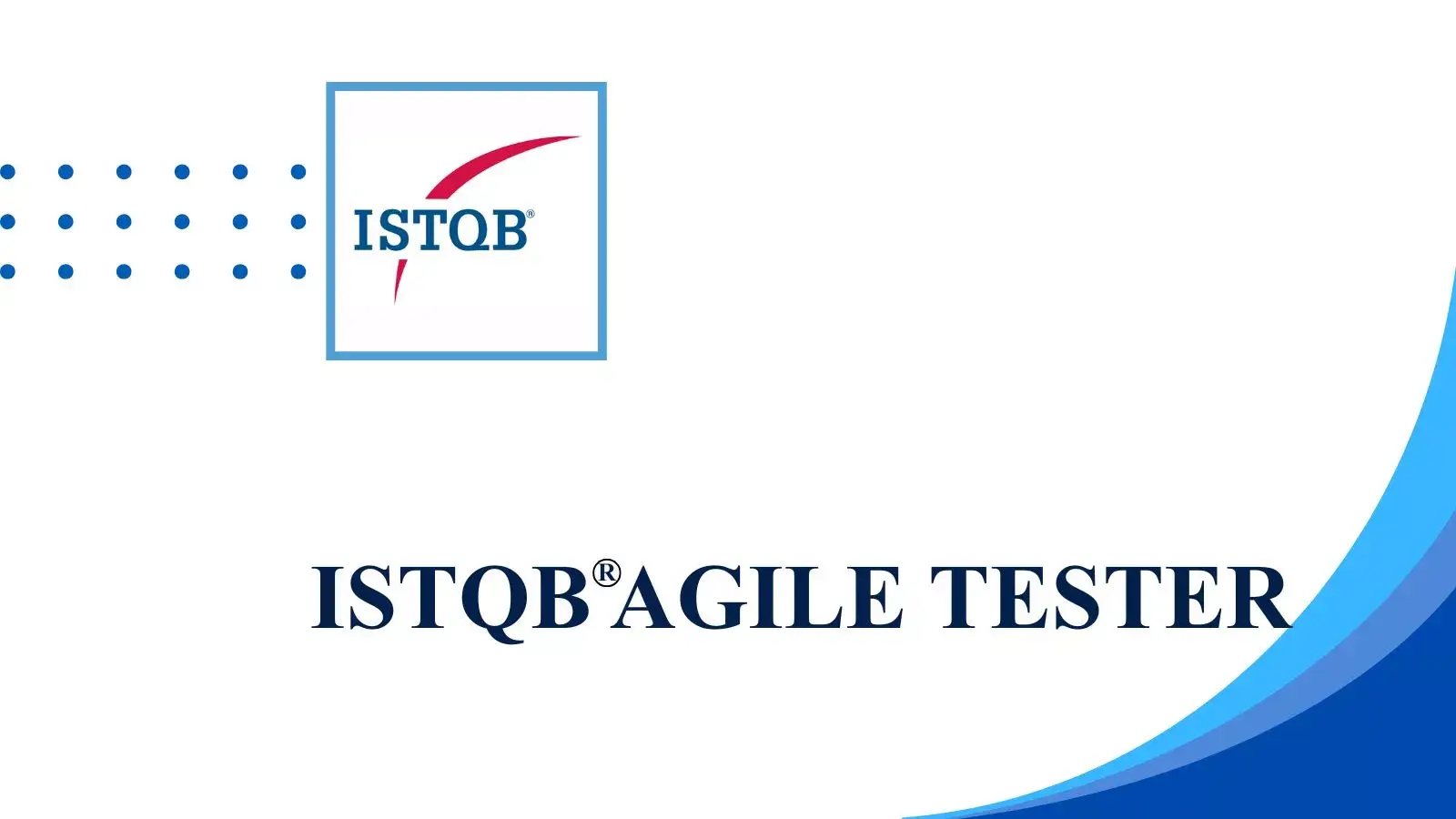Agile Software Development
The Fundamentals of Agile Software Development
Agile Software Development and the Agile Manifesto
Whole-Team Approach Early and Frequent Feedback
Early and Frequent Feedback
Aspects of Agile Approaches
Agile Software Development Approaches
Collaborative User Story Creation
Release and Iteration Planning
Fundamental Agile Testing Principles, Practices, and Processes
The Differences between Testing in Traditional and Agile Approaches
Testing and Development Activities
Testing and Configuration Management
Organizational Options for Independent Testing
Status of Testing in Agile Projects
Communicating Test Status, Progress, and Product Quality
Managing Regression Risk with Evolving Manual and Automated Test Cases
Role and Skills of a Tester in an Agile Team
The Role of a Tester in an Agile Team
Agile Testing Methods, Techniques, and Tools
Test-Driven Development, Acceptance Test-Driven Development, and Behavior-Driven Development
Testing Quadrants, Test Levels, and Testing Types
Assessing Quality Risks and Estimating Test Effort
Assessing Quality Risks in Agile Projects
Estimating Testing Effort Based on Content and Risk
Techniques in Agile Projects
Acceptance Criteria, Adequate Coverage, and Other Information for Testing
Applying Acceptance Test-Driven Development
Functional and Non-Functional Black Box Test Design
Exploratory Testing and Agile Testing
Tools in Agile Projects
Task Management and Tracking Tools
Communication and Information Sharing Tools
Software Build and Distribution Tools
Configuration Management Tools
Test Design, Implementation, and Execution Tools
Cloud Computing and Virtualization Tools
Discussion on Sample Paper
Note: The Mock Assessments are conducted only certification-based Training.


